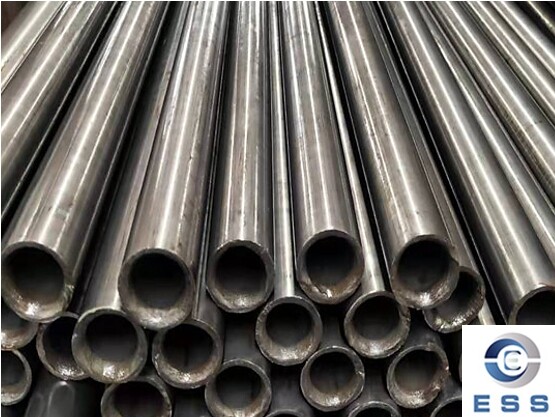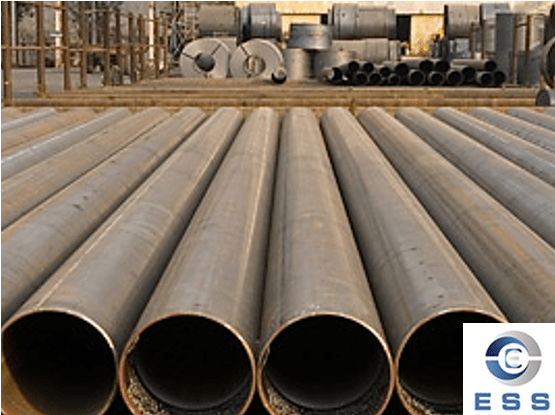
The precision
tube is more expensive than the regular steel tube, mainly due to their
significant differences in many aspects. Here is a detailed analysis of the
reasons why precision tubes are more expensive:
Raw material costs
Precision tubes are high-precision,
high-brightness seamless
steel pipe manufactured by cold drawing or cold rolling processes. They are
usually made of high-quality carbon steel, alloy steel or stainless steel,
which are inherently costly. In contrast, regular steel tubes may have lower
raw material quality and therefore lower costs.
For example, precision tubes are generally
made of high-carbon steel (0.18%-0.23%) such as SAE 1018/1020, which has a 30%
increase in tensile strength (510MPa vs 370MPa) compared to the Q235 material
commonly used for regular steel tubes. The high quality of this material
ensures the performance of precision tubes in high-precision applications such
as hydraulic
tube and boiler
tube.
Manufacturing process
The manufacturing process of precision
tubes is complex and delicate, and requires multiple cold working, quenching
and tempering annealing and other processes to ensure its high precision and
high performance. These processes consume a lot of energy and human resources,
which increases the manufacturing cost.
The manufacturing process of ordinary steel
pipes is relatively simple and the cost is relatively low. The detailed
information is shown in the following table:
|
Process
|
Precision tube
|
Regular steel pipe
|
|
Cold rolling passes
|
6-8 times
|
2-3 times
|
|
Annealing temperature control
|
±5℃
|
±25℃
|
|
Surface inspection standard
|
ASTM A519
|
ASTM A53
|
Performance and quality
The improvement of performance depends on
high-quality raw materials and complex manufacturing processes, which further
pushes up the cost of precision tubes. Precision tubes have the following
significant advantages:
1. High precision and high finish
The dimensional accuracy and surface finish
of precision tubes are much higher than those of ordinary steel tubes, and are
suitable for high-precision machining.
2. High strength and corrosion resistance
The tensile strength and corrosion
resistance of precision tubes are better than those of ordinary steel tubes,
and can meet the needs of harsh working conditions.
Market demand and supply
1. High-end industry demand
The market demand for precision tubes is
usually high, especially in industries with high precision requirements such as
automobile manufacturing, aerospace, and petrochemicals. These industries have
extremely high requirements for the quality and performance of steel tubes, so
they are willing to pay higher prices for high-quality, high-precision
precision tubes.
2. Competition and price
The market demand for ordinary steel tubes
is extensive but highly competitive compared to the market demand for precision
tubes, so the price is relatively low.
Other factors
Such as transportation costs, taxes, brand
premiums, etc. will also affect the price of precision tubes. These additional
costs will also be reflected in the final sales price:
1. Transportation and packaging
Due to their high precision and high
performance, precision tubes require special packaging that is moisture-proof
and shock-proof to ensure that they are not damaged during transportation.
Usually more sophisticated packaging, transportation methods, and stricter
transportation conditions are required.
2. Brand premium and taxes
Factors such as brand premiums and taxes
will further push up the final selling price of precision tubes.
Summary
In summary, due to factors such as high raw
material costs, complex manufacturing processes, excellent performance, and
strong market demand, precision tubes are usually more expensive than ordinary
steel tubes. However, for application scenarios that require high-precision and
high-performance steel tubes, the value of precision tubes is irreplaceable.













 Eastern Steel Manufacturing Co.,Ltd not only improve product production and sales services, but also provide additional value-added services. As long as you need, we can complete your specific needs together.
Eastern Steel Manufacturing Co.,Ltd not only improve product production and sales services, but also provide additional value-added services. As long as you need, we can complete your specific needs together.










